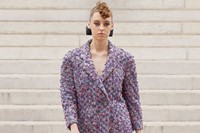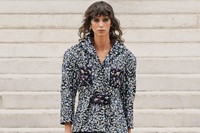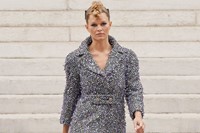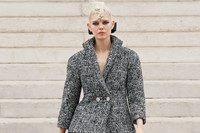Gabrielle Chanel has a reputation – not unfairly – for unstinting, uncompromising modernism, even futurism. Witness the current exhibition of her work at Paris’ Palais Galliera museum. There’s a blouse from 1916 that could have been made yesterday, and worn today; a black lace dress from 1919 that could be next season. Half the fashion press wafting through the exhibition were, basically, shopping it.
Yet Chanel was also a romantic, not just in terms of her many (many) lovers. Her dresses, especially between 1929 and 1939, were markedly romantic, uncharacteristically decorative, often historical, drifts of ruffled organdy and delicate lace, frothed with feathers like Boldini brushstrokes, glistening with sequins like 18th-century fireworks. And there are pictures of Chanel herself in costume like a chevalier from a Watteau painting, or the subject of an impressionist masterwork. The latter were direct inspirations for Virginie Viarde’s Autumn/Winter 2021 Chanel haute couture collection. “It was when I rediscovered these portraits of Gabrielle Chanel dressed up in black or white 1880s-style dresses, that I immediately thought about tableaux,” she said. “Works by Berthe Morisot, Marie Laurencin and Édouard Manet. There are impressionist-inspired dresses, skirts that look like paintings and a long white satin dress punctuated with black bows like Morisot’s.”
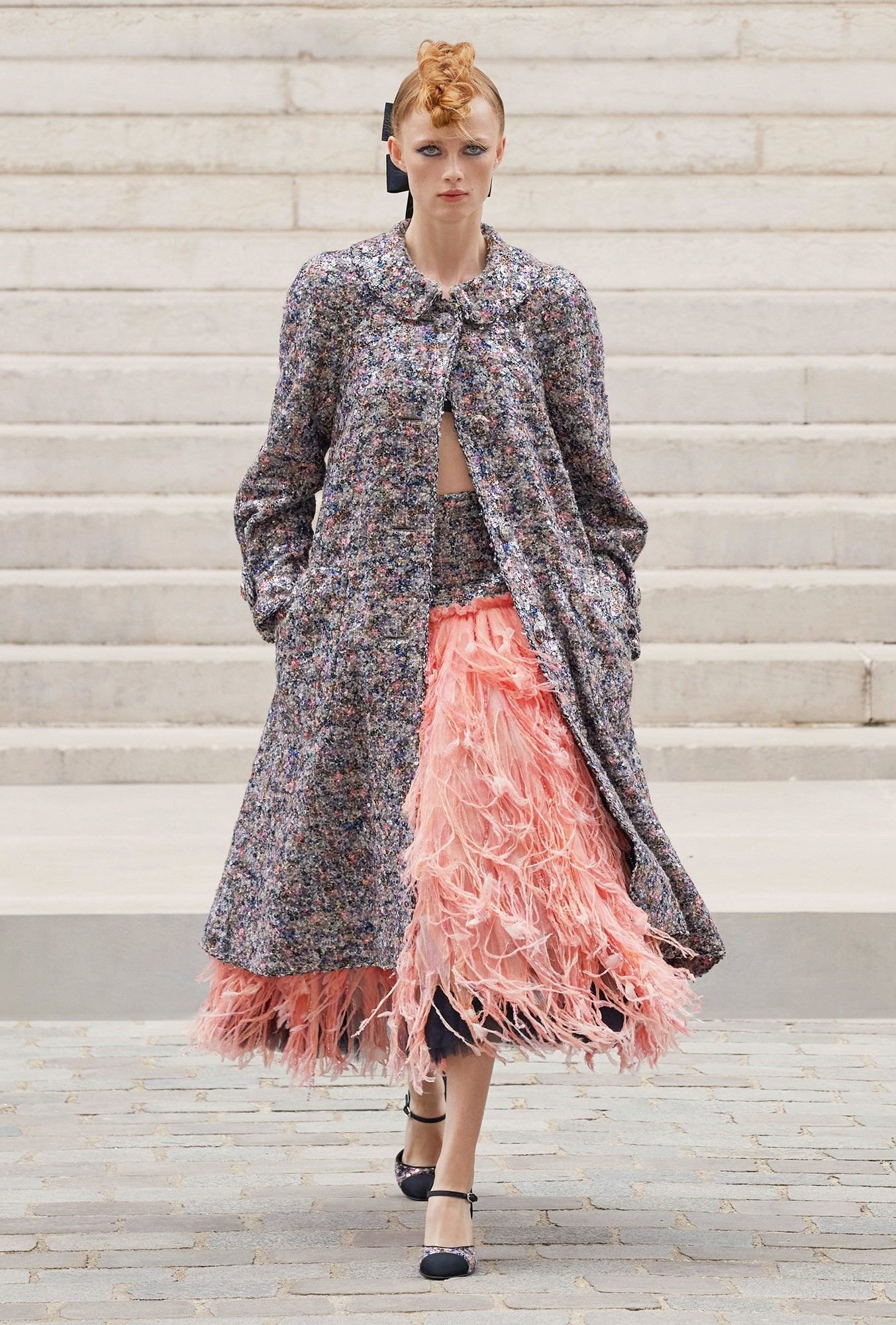
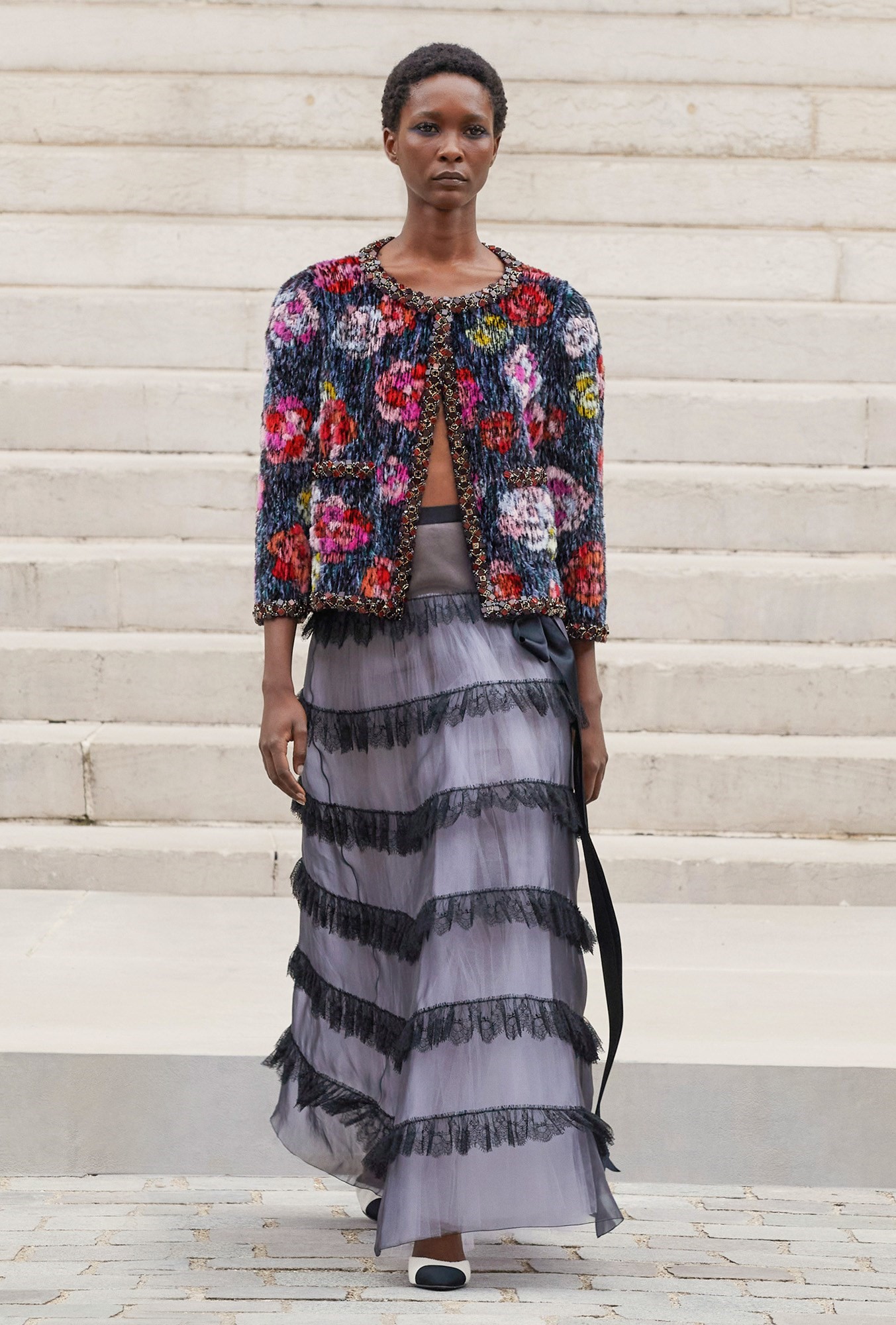
Viarde challenged the Chanel ateliers to create clothes that mimicked artistic effects of pigment on canvas, through embroideries of sequins and thread, trompe l’oeil effects of feathers: one coat, punctuated with tulle pom-poms, looked as if it had been artistically daubed with oils; the impressionist totem of water lilies appeared. And like pointillism, as models walked closer you realised that a purple specked tweed, say, wasn’t exactly purple – nor really a tweed, but layers of embroideries, beads and sequins inventing a textile, like a mirage. It’s an effect that can only be achieved through the craft of couture.
The art references weren’t just academic: a sequence of sexy déshabillé looks, camisoles and bloomers like late 19th-century underpinnings, reminded me of Manet, a realistic and a radical – just like Chanel. The models seemed like women one step before his Déjeuner sur l’herbe, which scandalised Paris when it was unveiled in 1863. Manet himself once said “the satin corset may be the nude of our era,” and had painted his nana, an encapsulation of the Zola character, in such undress. Chanel, of course, ditched the corsets – Gabrielle and Viard alike – but she kept the radicalism. And when she made that modern-looking blouse in 1916 she did it with men’s underwear jersey, and revolutionised dress for women everywhere.
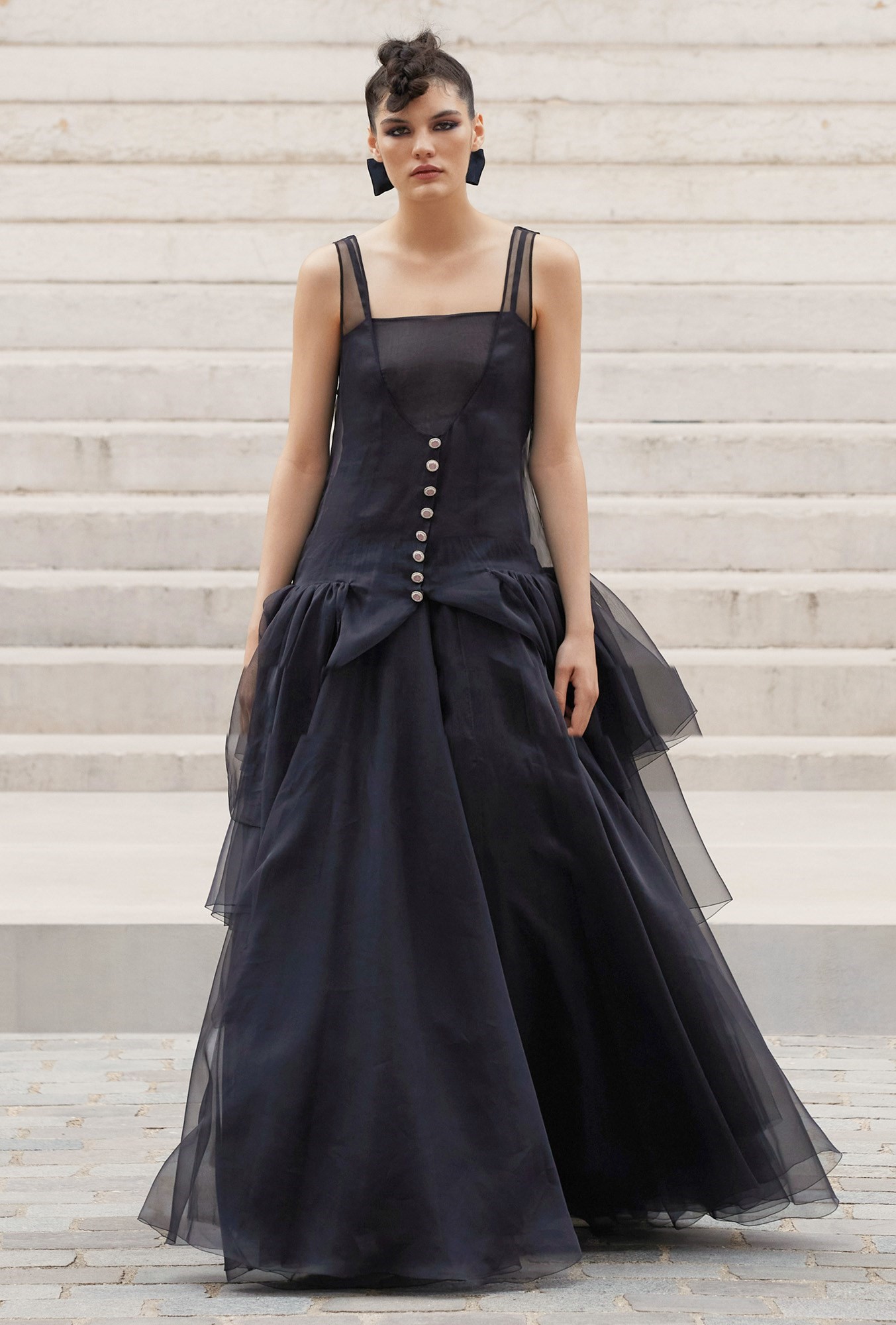
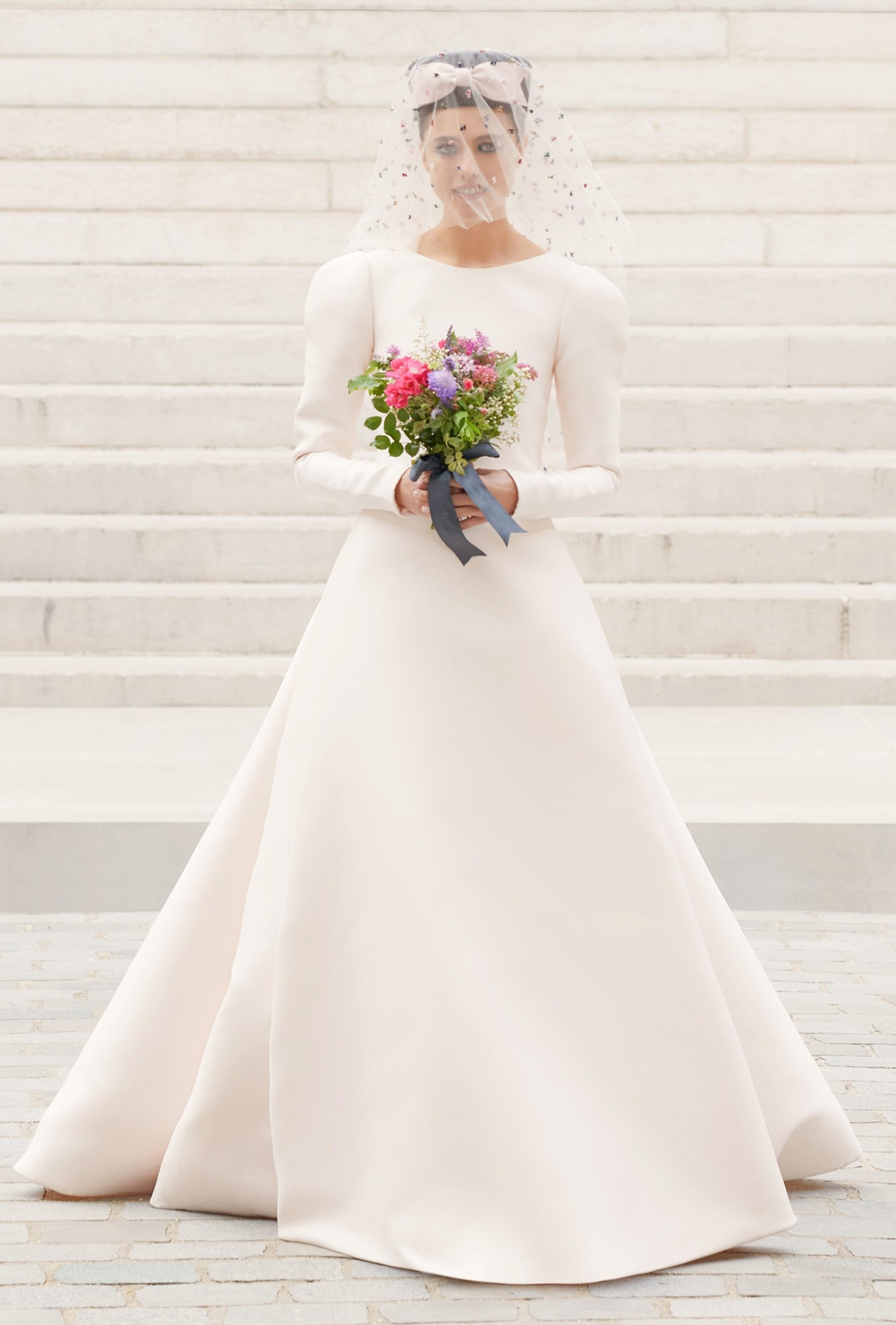
Underwear as outerwear no longer scandalises – the radical becomes the classic. This Chanel collection was about chic rather than shock, and about celebrating a return to physical shows and bearing witness, in person, to the artistry of haute couture.
These looks were paraded in the august courtyard of the Palais Galliera, in the open air, history in the making for a small cadre of guests. If Gabrielle Chanel’s new romance of the 1930s was a reaction to the strictures and difficulties of that period – an escape into history, an antidote to reality – there was an inevitable parallel to be found in Virginie Viard’s reaction to our time, to haute couture showed during (hopefully) the tail-end of a global pandemic. Her message? Life may be no oil-painting, but your clothes can be.


